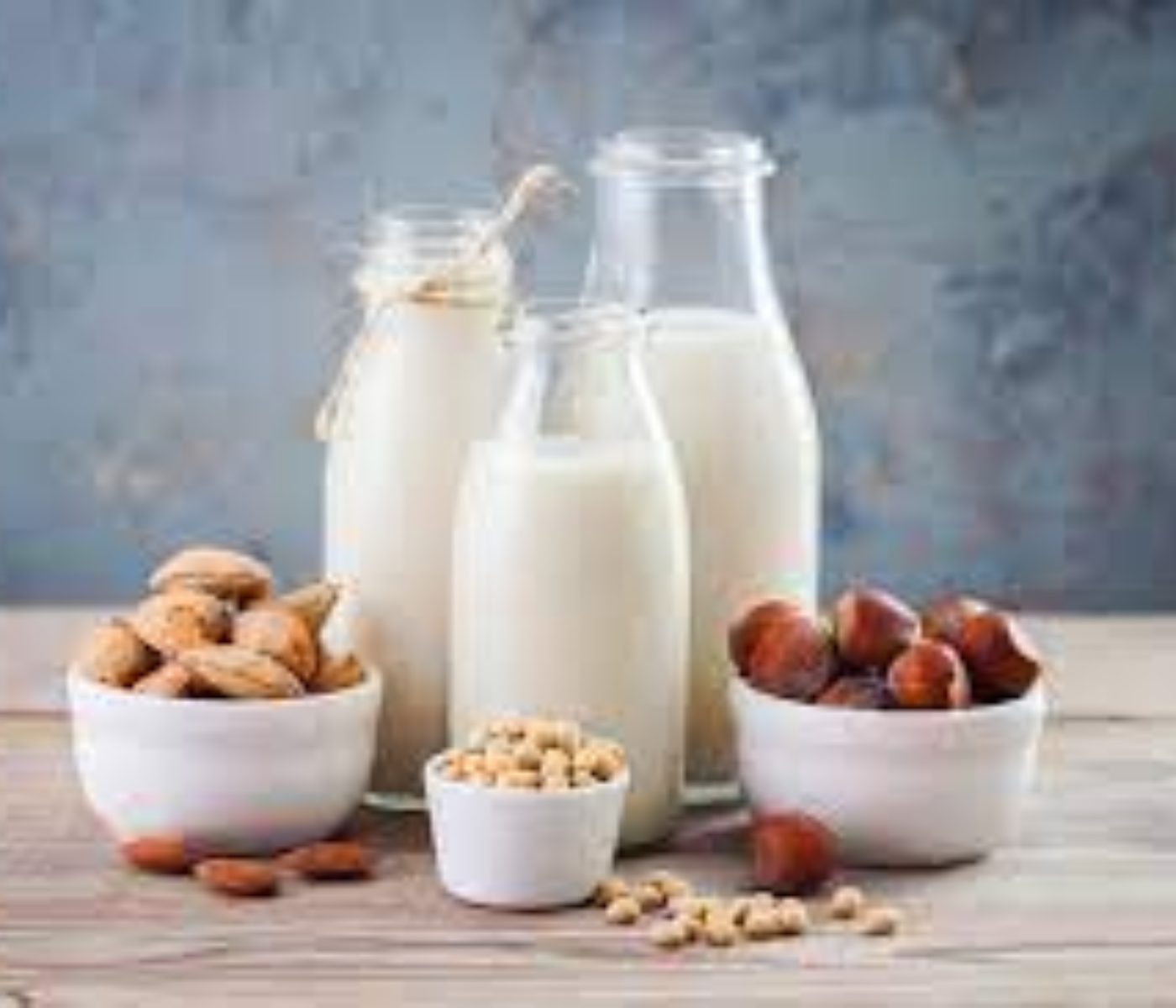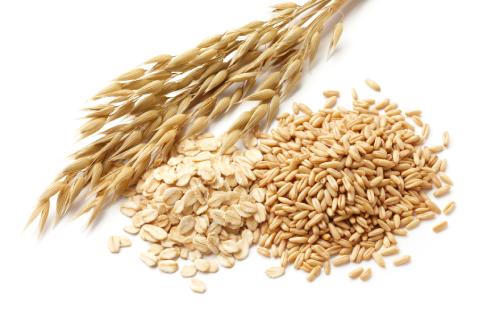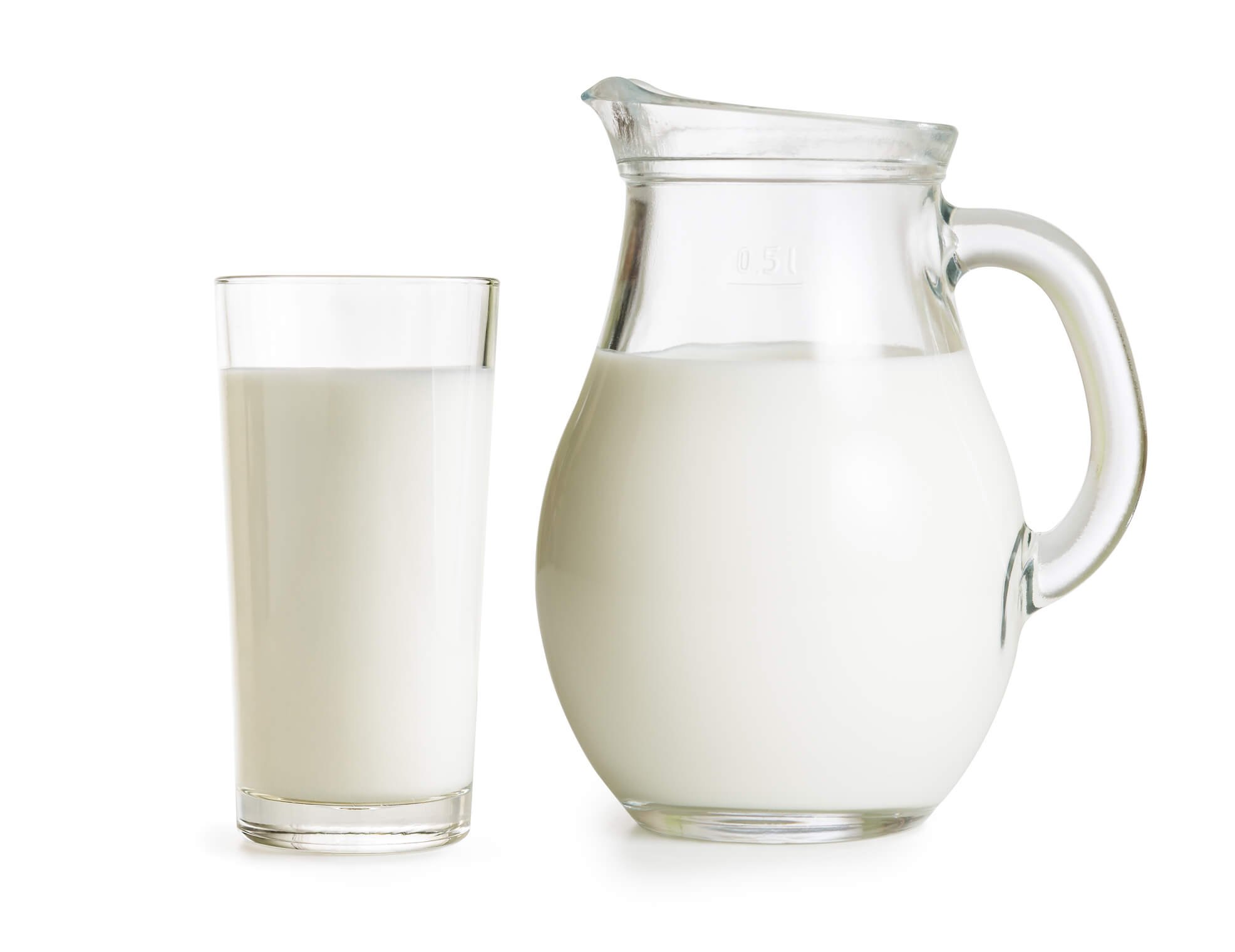The reduction in the consumption of fresh milk in Western countries has been partially substituted by a rise in the consumption of plant-based beverages.
 17 Nov 2023
17 Nov 2023
Plant-based beverages (PBB) are marketed as healthy and sustainable alternatives to milk, although studies indicate that their nutritional quality is inferior.
In this study, various brands of almond, oat, rice, coconut, and soy-based beverages were comparatively analyzed, revealing lower levels of total proteins, lipids, amino acids, and minerals compared to cow and goat milk.
The reduction in the consumption of fresh milk in Western countries has been partially substituted by a rise in the consumption of plant-based beverages.
The natural presence of phytochemicals characterized as antinutrients in Plant-Based Beverages (PBB) was examined, highlighting their potential to exacerbate the issue of low nutrient quality by reducing bioavailability.

Throughout history, dairy products have served as substantial sources of nutrients, particularly in the Western world and certain Asian countries. Contemporary dietary recommendations advocate their intake due to their high levels of essential nutrients, including minerals, fatty acids (FA), and proteins.
Dairy contributes to 49% of global dietary calcium, 15% of dietary fats, and 12% of proteins.
This decline has been partially substituted by increased consumption of processed derivatives and plant-based beverages (PBB). These PBB are often marketed as substitutes, albeit incorrectly referred to as “milk.” In Europe, the misuse of the term “milk” led to the legally binding definition of milk in Regulation (EU) No. 1308/2013 of the Common Market Organization. Consequently, the term “milk” has been prohibited in the labeling of PBB since 2013 to prevent consumer confusion.

The nutritional composition of PBB significantly varies depending on their plant source, enrichment, and industrial processing. In addition to the main nutrients (lipids, carbohydrates, and proteins), the fractional profiles also exhibit notable differences between milk and PBB, indicating a less favorable nutritional profile for PBB. Regarding micronutrients, PBB have been found to be notably lacking in the average content of Iodine (I).
Iodine serves as a crucial element in the synthesis of thyroid hormones essential for growth and neurological development, particularly in children. Iodine deficiency represents the leading preventable cause of brain damage worldwide, with recommended intake varying across different life stages. The primary sources of iodine are predominantly derived from diets that include seafood and dairy products as key components.
| Therefore, iodization of salt and iodine enrichment of common household food products have become common practices to prevent iodine deficiency. |
To address other common micronutrient deficiencies associated with vegan and vegetarian diets, and to be considered suitable substitutes for cow’s milk, many PBB are often enriched with additional minerals besides iodine, as well as vitamins, appealing to perceived health benefits for consumers.
 Nevertheless, these studies frequently depend on the nutritional information declared on packaging rather than actual compositional measurements. Indeed, research has demonstrated that the information declared on food packaging may not consistently reflect the actual content.
Nevertheless, these studies frequently depend on the nutritional information declared on packaging rather than actual compositional measurements. Indeed, research has demonstrated that the information declared on food packaging may not consistently reflect the actual content.
As milk serves predominantly as a valuable source of high-quality proteins and minerals, replacing it with PBB might result in deficiencies of these essential nutrients.
| This study aimed to (i) quantify the crude composition and amino acids, fatty acids, and minerals in different PBB and animal milk, and (ii) conduct a comparative analysis to elucidate which types of PBB approximate the nutritional profile of animal milk. This study applied detailed fatty acid and amino acid compositions to animal milk. |
| The coefficient of variation (CV) was generally high and exhibited variation across different beverage types. Legumes showed a statistical difference from the cereal group, encompassing rice and oat-based beverages, specifically concerning total protein content. Concerning individual amino acids, animal milk demonstrated a higher content per unit volume of all essential amino acids compared to soy-based beverages, with the exception of Phe. Conversely, soy exhibited higher content of Arg, Ser, Gly, Asp, Ala, and Cys. As anticipated, PBB groups displayed significant differences among themselves regarding individual amino acids. |
The protein content and amino acid profile in milk are notably more consistent compared to PBB, with cow’s milk exhibiting a low coefficient of variation (CV). Specifically, for Cys, the CV ranged from 19 to 46% in PBB but only between 7 and 10% in milk.

This indicates a absence of standardization in the production of PBB when compared to milk, suggesting possible shortcomings in ensuring consumer confidence and meeting their expectations regarding nutrient content.
References:
Subscribe now to the technical magazine of animal nutrition
AUTHORS

Hybrid Rye Potential in Laying Hen Feed Rations
Gwendolyn Jones
A day in the life of phosphorus in pigs: Part I
Rafael Duran Giménez-Rico
Use of enzymes in diets for ruminants
Braulio de la Calle Campos
Minerals and Hoof Health in the Pregnant Sow
Juan Gabriel Espino
Impact of Oxidized Fats on Swine Reproduction and Offspring
Maria Alejandra Perez Alvarado